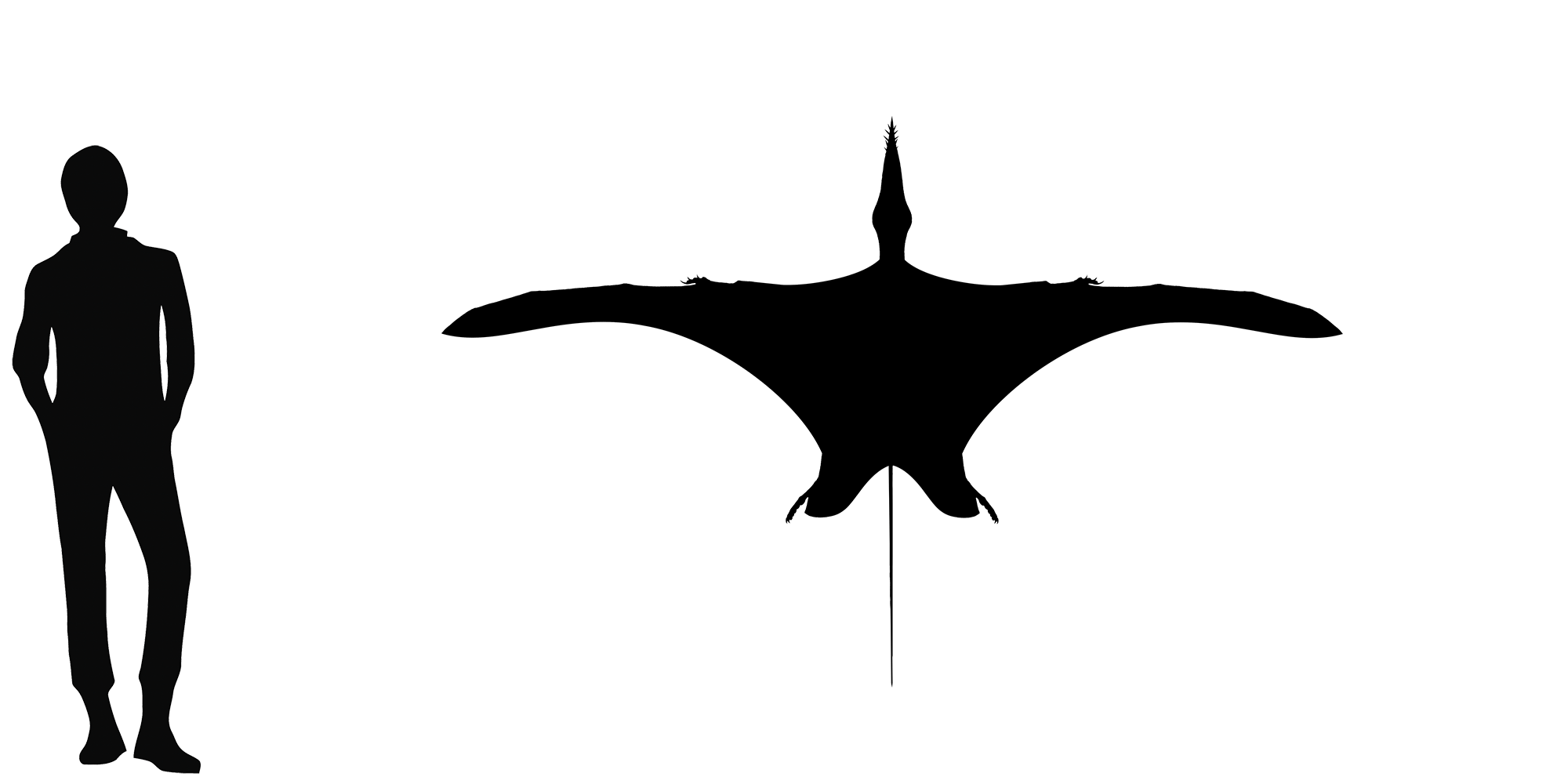Harpactognathus



Almost all pterosaurs are known from near-shore marine rocks, but rare and fragmentary remains found in continental sedimentary rocks demonstrate that pterosaurs lived in all kinds of environments. The most famous and extensive continental rock formations in the Late Jurassic of North America is the Morrison Formation, famous for its well known dinosaur fauna including the giant sauropods Brontosaurus and Diplodocus, fierce theropods Allosaurus and Ceratosaurus, and beaked herbivores Stegosaurus and Camptosaurus. Less well known are the flying reptiles that shared the environment. They are represented by just a few incomplete specimens.
One of the better known Morrison Formation pterosaurs is Harpactoganthus gentryii, known from a partial skull discovered at the Bone Cabin Quarry in southeastern Wyoming in rocks deposited approximately 155 million years ago. The only known specimen of Harpactognathus is represented by the end of the snout, and shows that the skull was wider than tall, and sported a mid-line bony crest that may have been made taller by soft tissues. The snout tapers and is slightly upturned at its tip. There are six widely-spaced tooth positions present on each side of the upper jaws, and the gaps between each tooth are concave. Like most pterosaurs Harpactognathus was a carnivore, and based on its dental anatomy was probably a fish-eater.
Although incomplete, comparison to other pterosaurs shows that the complete skull would have been about 30 cm long (one foot), and the wingspan would have been about 2.5 m (8 ft), making it one of the largest, if not the largest of the long-tailed pterosaurs.
Harpactognathus was named in 2003 by a team of paleontologists led by Ken Carpenter, and is derived from the Greek words “harpact” meaning seize or grasp and “gnathus” meaning jaw. The species name honors Joe Gentry, a volunteer at Western Paleontological Laboratories in Lehi, Utah. The team that originally described Harpactoganthus found that it was a scaphognathine rhamphorhynchid, most closely related to the German species Scaphognathus crassirostris which lived about 5 million years later than Harpactognathus. Both Harpactognathus and Scaphognathus have very widely spaced teeth, concave gaps between tooth positions and a slightly upturned end of the snout.
An alternative phylogenetic hypothesis was proposed by Brian Andres and Timothy Myers in 2013 where they found that Harpactoganthus was in fact a rhaphorhynchine rhamphorhynchid most closely related to the Midle Jurassic Angustinaripterus longicephalus and Late Jurassic Sericipterus wucaiwanensis, both from China. Angustinaripterus and Sericipterus both have low mid-line crests like Harpactognathus. Unfortunately, a more confident understanding of its placement on the rhamphorhynchid family tree is probably impossible without more complete remains.
2.5m (8.2 ft)



